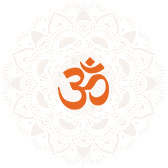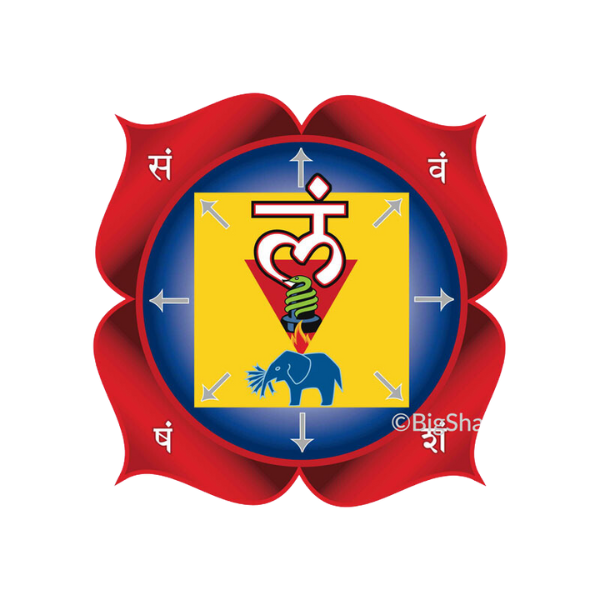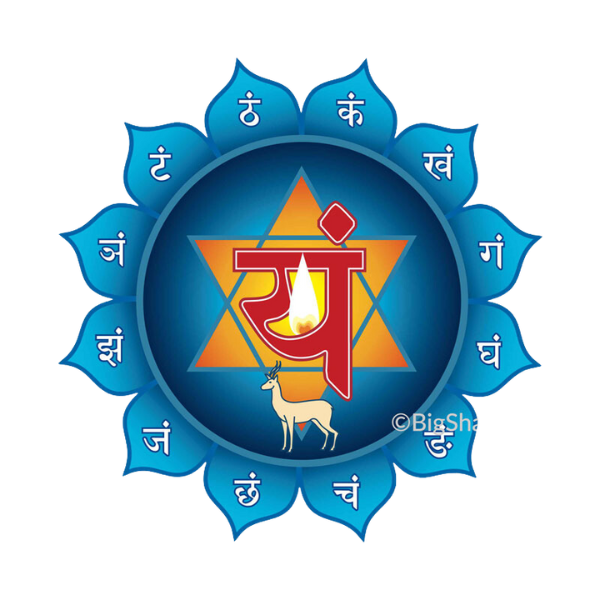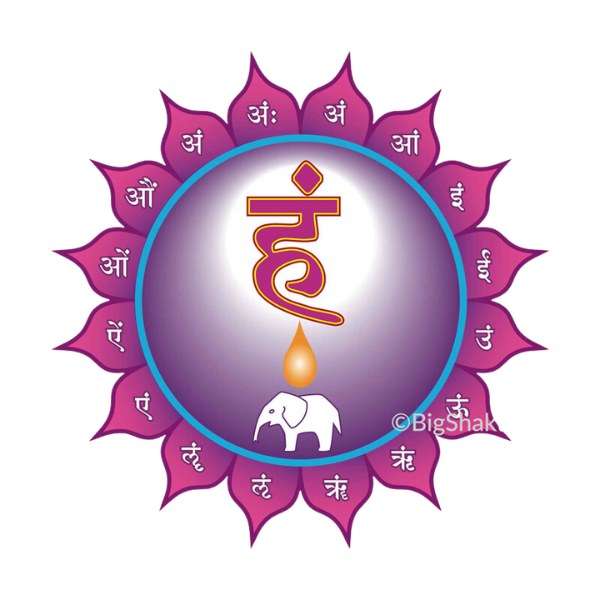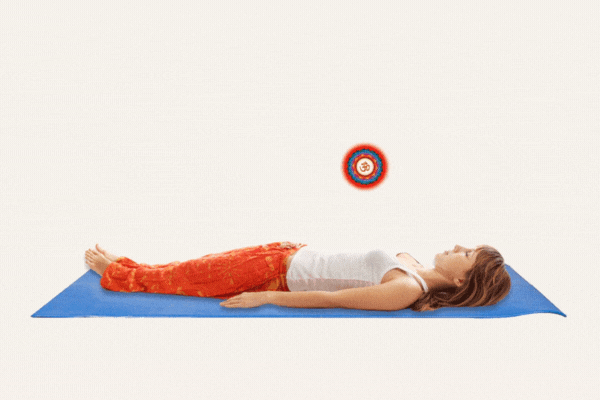Chakra Nidra®
Lie down and become enlightened
The most powerful relaxation meditation on the planet.
3 keys to Chakra Nidra®
- First key - Learn to make your breath as slow and smooth as possible using Ujjayi Pranayama.
- Second key - Locate and visualize the symbol of the chakras in the spinal cord. Gradually add more and more elements of the chakra to the image.
- Third key - Combine the breath and image of the chakra with mantras to activate and awaken the chakras.
“A powerful system of self-development and self-liberation.”
About Chakra Nidra®
Chakra Nidra® is a progressive series of relaxation (pratyahara) and concentration meditation (dharana) practices developed by Swami Shankardev Saraswati from www.bigshakti.com.
It is an active yoga tantra meditation practiced in the lying position. It utilizes relaxation, breath, mantra, and visualizations to activate and awaken the chakras.
Chakra Nidra® uses the power of relaxation from Yoga Nidra to take your awareness deep into your subtle body. It then focuses your awareness on the chakras and the channels that connect them, while breathing and visualization techniques combined with mantras purify and activate the powers and abilities stored in the chakras.
You are guided to link the various chakras so that they can support each other in developing greater inner power and higher awareness.
Chakra Nidra = Yoga Nidra + Chakra Meditation
Chakra Nidra® combines the theory and practice of Yoga Nidra and the wonderful chakra meditations from the ancient science of Chakra Vidya. The word vidya means science and knowledge that is illuminating and enlightening.
Yoga Nidra, one of the most powerful relaxation meditation techniques available today, opens the doorway to the powers and abilities within the unconscious mind.
Chakra Vidya, the science of the chakras is based on intuitive knowledge derived by great yogis and sages who were able to dive deep into the psyche and retrieve this knowledge from the spiritual dimensions of our being.
The great science of Chakra Vidya is the basis of Chakra Nidra® and leads to authentic experiences of the chakras, called chakra vijnana.
Chakra Nidra is part of yoga tantra
Chakra Vidya is part of a bigger umbrella philosophy called tantra vidya.
Tantra is a science that utilizes sound vibration, mantras, and symbols, called yantras. The chakra lotus is a yantra that contains powerful symbols you can use to activate the chakras and awaken kundalini shakti.
Kundalini shakti is cosmic energy coiled at the base of the spine inside the muladhara chakra. When kundalini is awakened, she powers and radically awakens your consciousness.
Many tantric practices are outside of the ability of most people. However, by combining Yoga Nidra with chakra meditation, Chakra Nidra brings the ancient esoteric sciences into easy reach of most people.
Relaxation & Enlightenment
Chakra Nidra® provides the best of both worlds, relaxation and enlightenment. Because it utilizes Yoga Nidra, Chakra Nidra® is both a deeply relaxing mediation performed in the lying position and a powerful meditation that leads you into a deeper and enlightening experience of yourself.
While Yoga Nidra is a series of passive techniques, Chakra Nidra® is a series of active techniques that lead to enlightenment. The combination of relaxation and chakra meditation enables easier access to authentic chakra experience than many other forms of chakra meditation.
The most advanced form of Chakra Nidra® involves the awakening of the chakras and the unleashing of the vast power and knowledge contained within the chakra. It is a powerful concentration meditation.
Authentic Experience
Combining Yoga Nidra and Chakra Vidya opens the doorway to an authentic experience of the chakras, called chakra vijnana.
The word vijnana can mean many things, such as consciousness, intelligence, wisdom, discovery, recognition, comprehension, understanding, discernment, right judgement, proficiency, and skill.
While Chakra Vidya can be a purely intellectual, chakra vijnana implies that you gain intuitive knowledge of the chakras via direct experience, rather than through reading and intellectual means.
You understand what the chakras are, how they function and how you can engage with them to support holistic wellbeing, and psychic and spiritual awakening.
Find Meaning & Purpose
The chakras lie in the subtle body, in the psyche, called the vijnanamaya kosha, the sheath of intelligence. Your psyche is the vast unconscious part of you that contain intelligence, intuition, meaning and purpose.
The vijnanamaya kosha is the fourth of five sheaths (koshas) that make up the human body, mind and spirit. The first three sheaths are the food sheath, the energy sheath and the mental sheath. The fifth sheath is the spiritual sheath, which is a realm of absolute power and illumination
Meaning and purpose are not found in the outer world, they are in you, in your intelligence sheath powered by unimaginably powerful psychic energy. Meaning is triggered by connection with meaningful objects, events and experiences in the outer world that open a door into your psyche.
If you are only aware of the physical and mental sheaths then you are cut off from deeper meaning and purpose. Chakra Nidra® opens the door into the sheath of intelligence, the vijnanamaya kosha.
What happens in Chakra Nidra®?
Chakra Nidra® is a series of progressively more complex concentration meditation techniques that are based on ancient yoga tantra wisdom traditions that developed the science of kundalini and the chakras.
There are two main steps to Chakra Nidra®
- The first step utilizes elements from Yoga Nidra to relax, reduce sensory input and calm the thinking mind. The preliminary elements of Yoga Nidra include rotation of consciousness through the parts of the body and simple breath awareness. These are designed to take you inwards (pratyahara).
- The second step utilizes more advanced techniques of chakra purification, strengthening and illumination. These techniques employ yogic breathing techniques with visualizations and mantras to activate and purify the chakras, unleashing the vast power and knowledge contained within the chakra. The secrets of the chakras are revealed.
When to learn Chakra Nidra®
Chakra Nidra® is best learned after having practiced Yoga Nidra for some time and having some knowledge about the chakras. We call this practice Chakra Yoga Nidra. You do not need to have a lot of experience in chakra meditation, simply an initial understanding of what the chakras are and where they are located. Once you have practiced Chakra Yoga Nidra for some time you can begin the practice of Chakra Nidra®. You will gain a deeper intuitive understanding of what the chakras are all about.
Yoga Nidra Sensations & Chakra Rotation
MEDITATION {Foundation}
Combining Yoga Nidra with the Chakras!
1 Meditation, 28 minutes
Ajapa Japa - Breath, Mantra, Consciousness
MEDITATION {INTERMEDIATE}
Balance the mind, and awaken higher consciousness.
Introductory Talk, 3 Meditations, 60 minutes
Prana and Pranic Healing
MEDITATION {INTERMEDIATE}
Increase your vitality for health and healing.
Introductory Talk, 7 meditations, 150 minutes
Subscribe to our Newsletter
Get updates for new articles, courses, and products.


